The European Union is going to set stricter energy requirements for TVs from March 1, 2023. The move, aimed at forcing non-compliant products out of the European market, could lead to a ban on all 8K TVs next year. And yes, of course, this also applies to Samsung's 8K TV series, which it sells in Europe.
TV manufacturers operating in Europe are not too excited about the upcoming regulations that the European Union may introduce. The 8K Association, which includes Samsung, said that “if something doesn't change, March 2023 will spell trouble for the nascent 8K industry. The power consumption limits for 8K TVs (and microLED-based displays) are set so low that virtually none of these devices will pass them.”
The first phase of this new strategy established by the European Union was already launched in March 2021, when the energy label was restructured, as a result of which countless TV models were classified in the lowest energy class (G). The next step in March 2023 will be the introduction of stricter energy requirements. But these new standards will not be achieved without serious compromises. According to the Samsung representatives he cites FlatspanelHD, the company might be able to meet the upcoming regulations applicable to the European market, but it will not be an easy task for it.
You could be interested in

Samsung and other TV brands still have little hope
The good news for TV manufacturers who sell them on the European continent is that the EU has yet to enshrine the new regulations. By the end of this year, the EU intends to review the 2023 Energy Efficiency Index (EEI), so there is a good chance that these upcoming energy requirements will eventually be revised and relaxed.
Another positive is that these upcoming regulations can only apply to the given picture mode, which is on by default on smart TVs. In other words, smart TV manufacturers could avoid these regulations by modifying the default picture mode to use less power. However, it is not known if this can be achieved without destroying the proper user experience.
You could be interested in

For picture modes that require more power, TV manufacturers will have to inform users of the higher power requirements, which Samsung TVs already do. After all, these regulations aim to remove "badly performing" brands from the market, which of course does not include Samsung, although it also directly affects it.




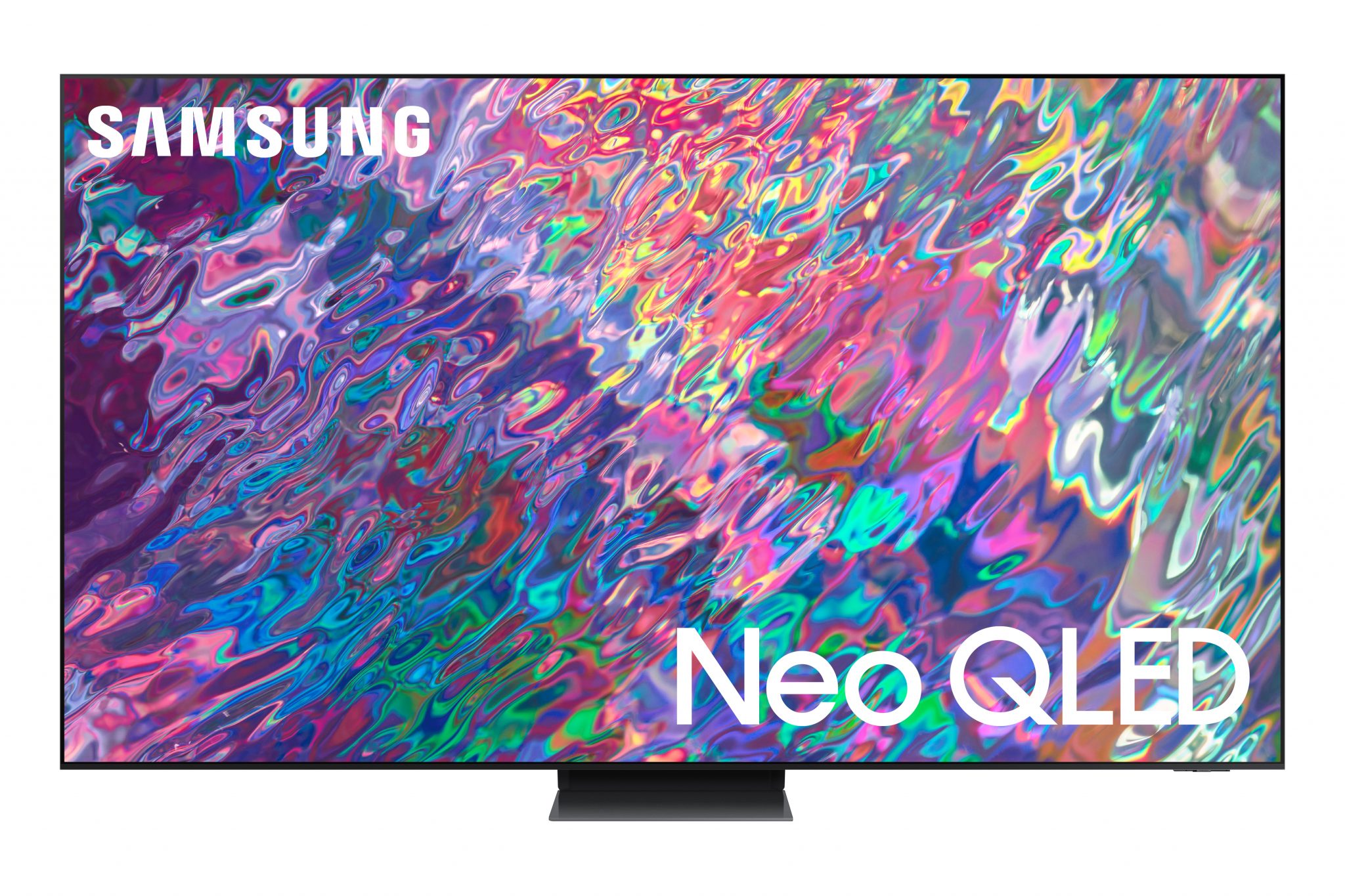

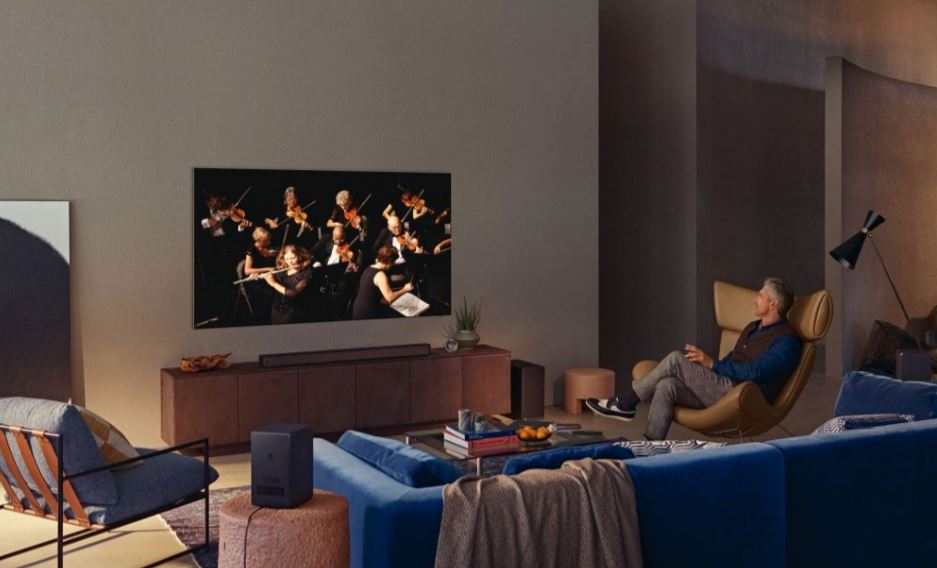
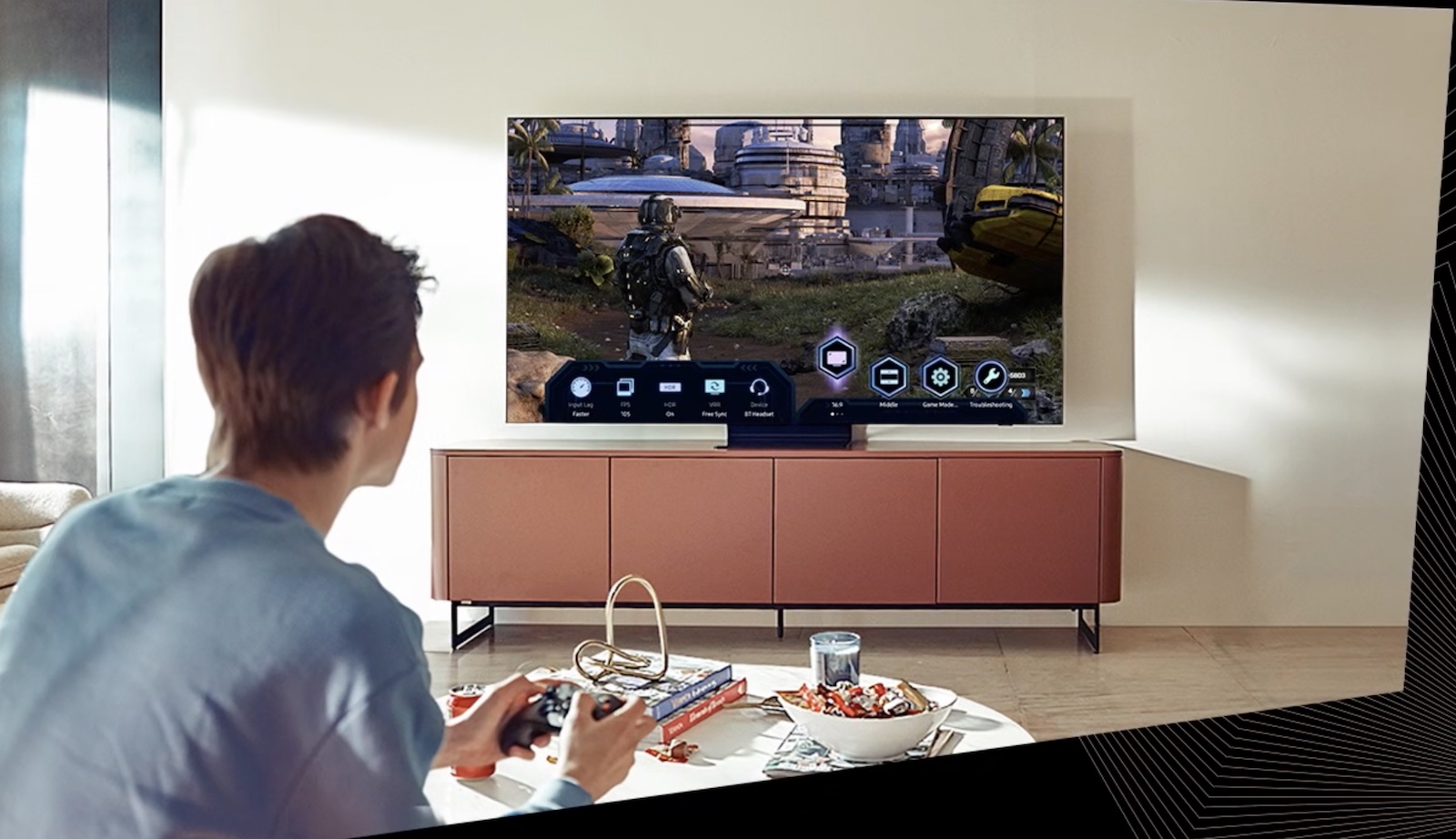
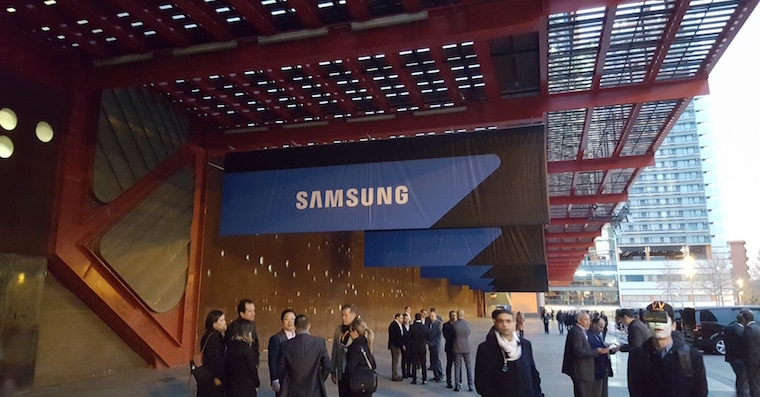
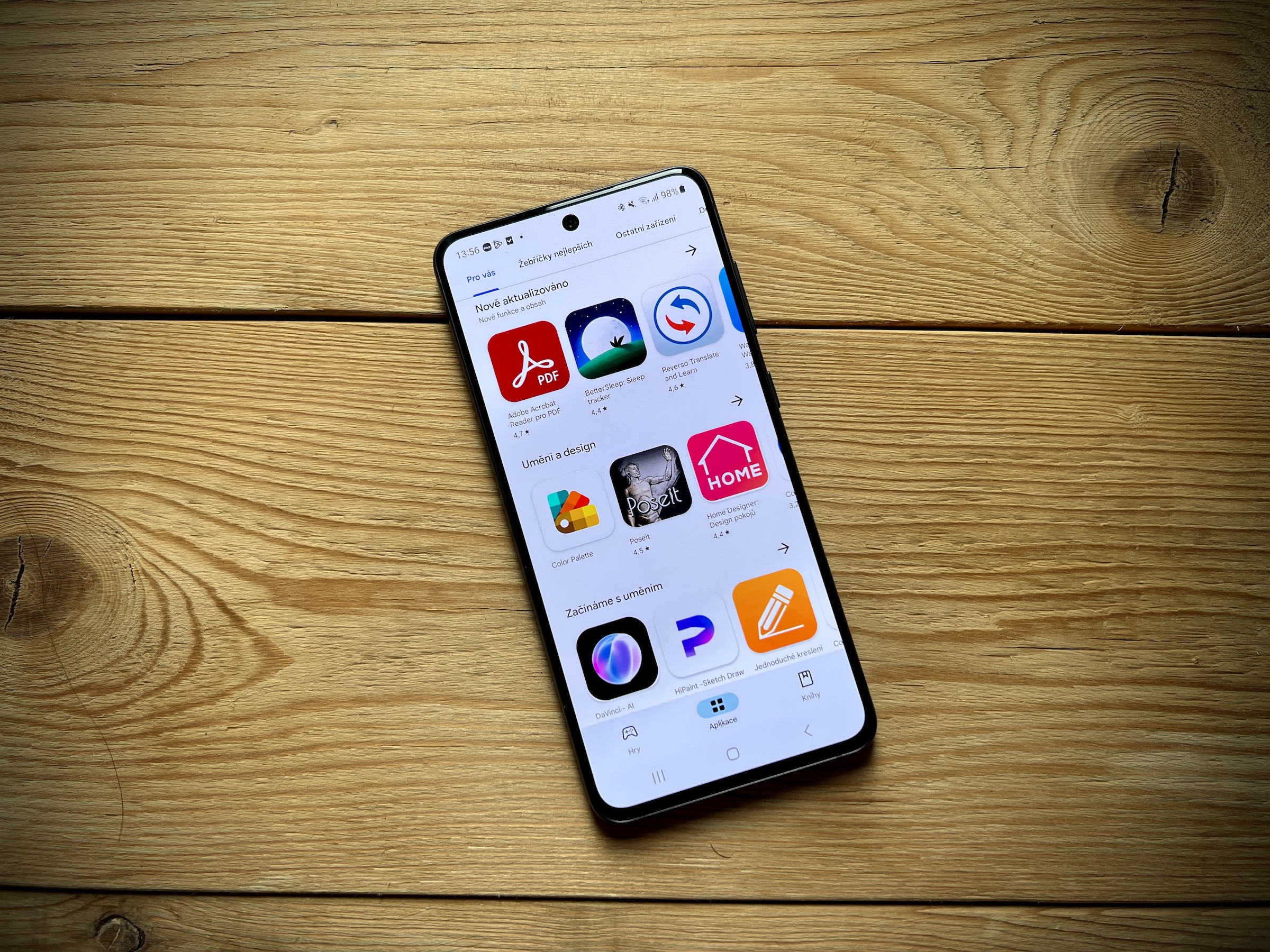
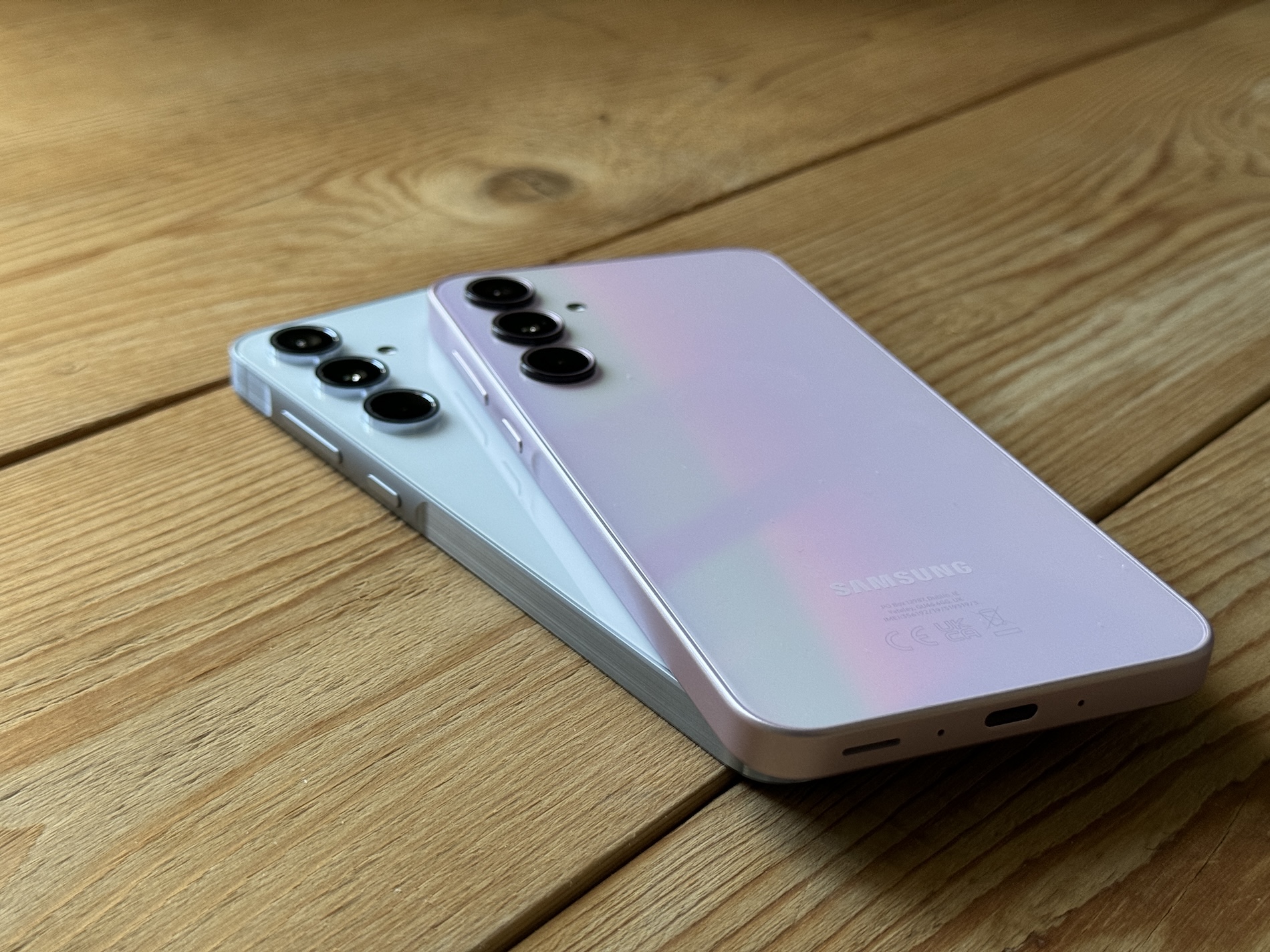

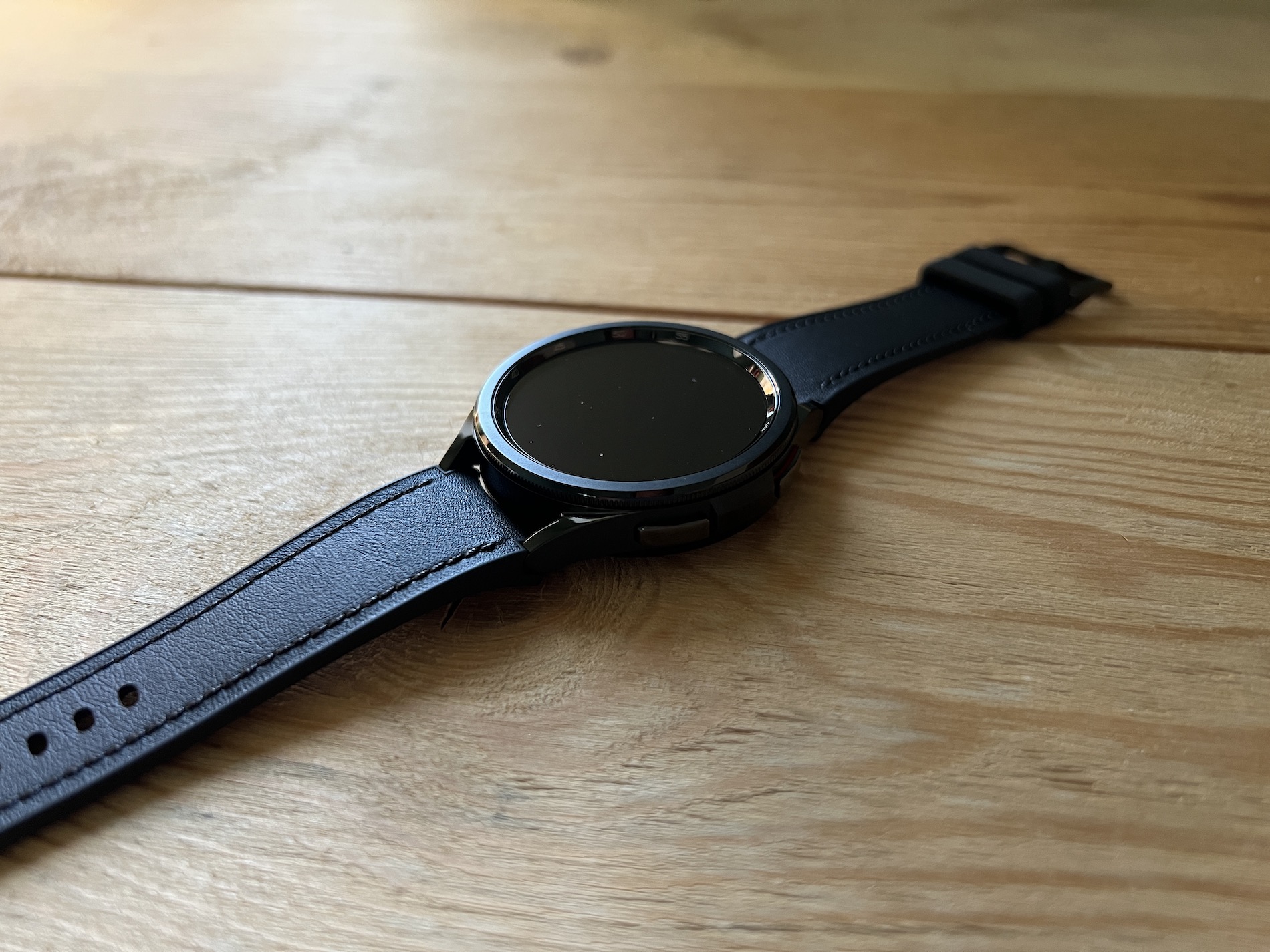
Again, the smug stupid opinion of the incumbent Shimla from Brussels. Just like internal combustion engines. It can't be done, but that's okay, we'll order it.
agreement
This does not apply only to Samsung, but to all TVs from LG, Sony, Philips, etc.
The stupid thing is that this is not stupid Brussels, but our government and delegated officials... Jourová, Špidla and others...
I would be interested in which televisions are suitable and how much they cost, and I would look for the origin of the ban there.
I wonder when the EU will ban itself. There are already more bans than under comrades.
I don't agree with such regulations here, it's seriously over the line. Something should finally happen to the European Union. I've been saying for a long time that they're only inventing nonsense, they should have stuck to basic cooperation